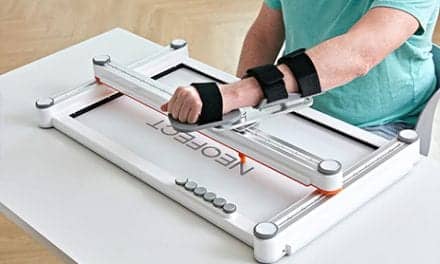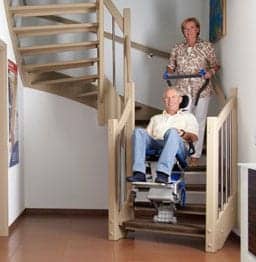Responding to a “Home Accessibility” survey conducted by insurance provider Chubb, close to half of homeowners (44%) say they are not prepared to care for themselves or loved ones with a serious illness, disability, or simply aging in place.
Among their top concerns, more than a third (38%) of homeowners are worried about the need for home renovations in the event they or their family member becomes disabled, whether due to accident, illness, injury, or another cause, Chubb notes in a media release.
Recognizing this growing need, and timed in conjunction with the recent Global Accessibility Awareness Day, Chubb reports it has launched a complimentary accessibility consultation service intended to give existing Chubb homeowner clients advice on how to make their homes more accessible, without compromising structural integrity or diminishing value.
“Coupled with the fact that 10,000 Baby Boomers turn 65 each day and that Chubb’s survey found 72% of homeowners want to remain in their home as they age, addressing existing home design elements that might hinder long-term accessibility is paramount,” says Jennifer Naughton, executive vice president at Chubb Personal Risk Services.
To help agents and brokers learn about the market need and opportunity as well as key principles and design considerations of universal residential construction, Chubb has also launched a resource center that includes multimedia marketing materials such as videos, infographics, and collateral, some of which have been produced in partnership with the Cerebral Palsy Foundation, the release continues.
Chubb’s “Home Accessibility” survey analyzed individual preparedness for disability and aging in place, potential future disability concerns, personal retirement preferences, as well as attitudes on home renovations pertaining to accessibility and design. The nationwide survey was fielded between March 20, 2019 and March 30, 2019 and conducted by Research Now.
The results are based on 1,201 responses, of which a quarter (25%) of respondents each came from the middle class ($50,000–$99,999 in annual household income), upper middle class ($100,000–$499,999), mass affluent ($500,000–$999,999) and high-net-worth ($1,000,000 or more). Among the respondents, 54% were male and 46% were female, the release explains.
[Source(s): Chubb, PR Newswire]






People are incredibly ignorant of the odds they will have a disability – permanent or temporary – in their lifetime.
A simple two-story house with all bedroom and bathrooms upstairs is a disaster if you are injured in a car accident, skiing, etc.
#livebarrierfree
#universaldesign